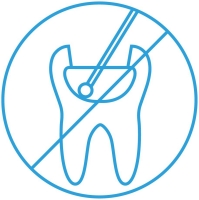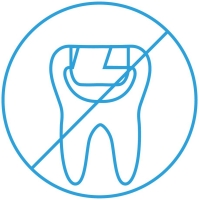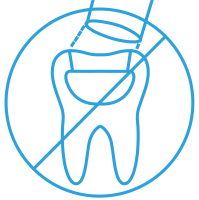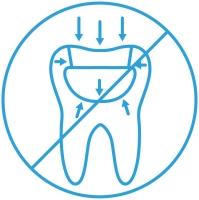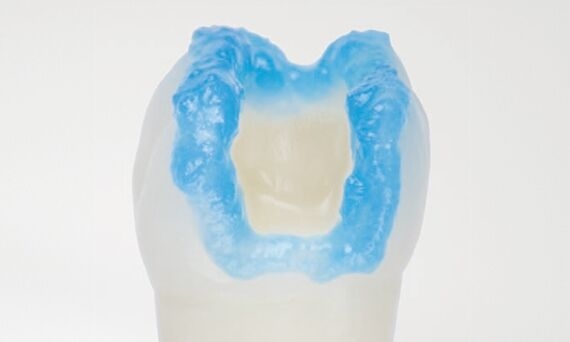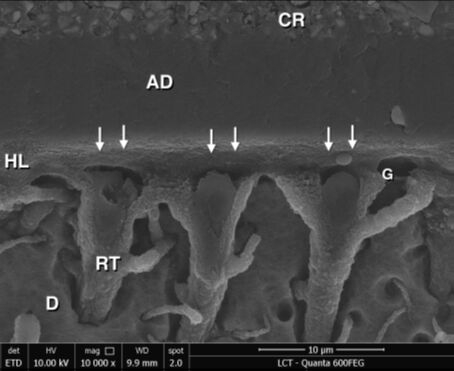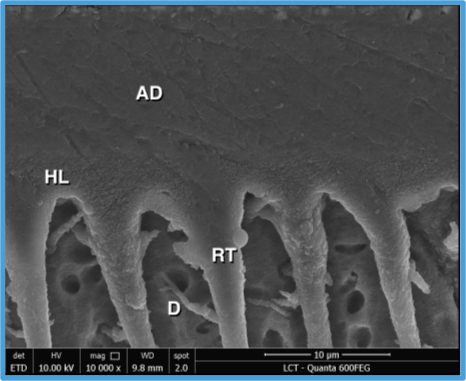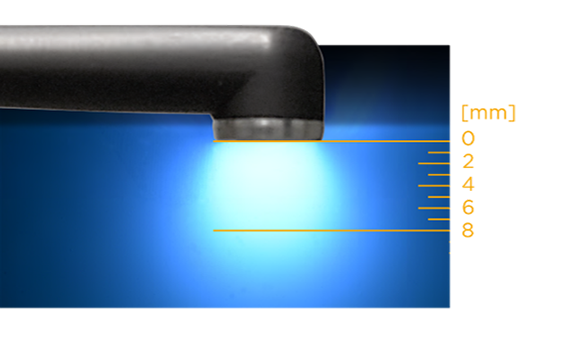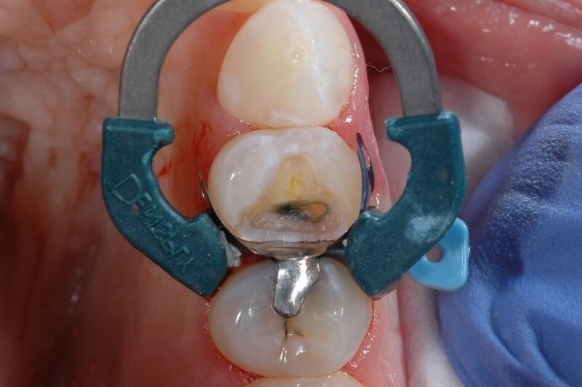
Proper tooth isolation is key in any phase of the Class II restoration, as it prevents saliva and blood from contaminating the restorative field. If the restorative field is contaminated, the physical properties and ultimate success of the restoration may be compromised, leading to post-op sensitivity and patient discomfort.
How to avoid sensitivity caused by inadequate tooth isolation
If you have trouble with isolation, you’re not alone - 97% of clinicians say that achieving proper isolation of a Class II cavity is difficult in at least 1 out of 10 cases.2 Besides common measures for isolation, consider the importance of a well-adapted matrix. Using matrix systems developed specifically for placing composite materials, like our Palodent® V3 Sectional Matrix System helps to achieve a tight seal at the gingival margin.
